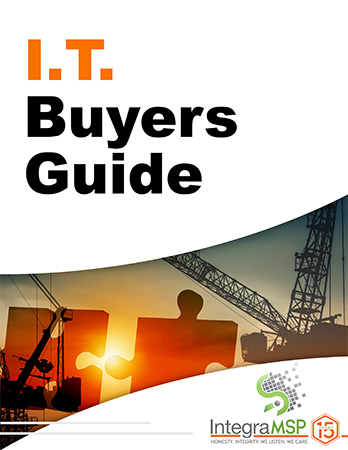Forecast First: The Fall Shift Smart SMBs Can’t Ignore

September isn’t just back-to-school season—it’s budget season. For small business leaders, it’s the critical moment to stop winging it and start planning for real. The economic crosswinds are shifting, and what you do now will shape both your Q4 outcomes and your 2026 runway.
Let’s get clear on what’s changing—and how to build a budget strategy that won’t buckle under pressure.
Global Tariffs Are Nudging Hardware Prices Up—Fast
- The “de minimis” loophole is closed. Imports under $800—including many tech items—now face full duties, adding cost and hassle just when planning budgets matters most.
- Reuters (Aug 29, 2025): The U.S. officially ended the "de minimis" exemption for imports under $800, which previously passed duty-free. Now, small businesses importing products face higher costs, more paperwork, and potential delivery delays
- Broad new tariffs are active. With import taxes averaging nearly 19%, businesses—especially small ones—are feeling price shock across hardware, components, and accessories
- Washington Post (Aug 7, 2025): Announcement of broad new tariffs that average 18.6%—the highest since 1933—and could generate $50 billion monthly in revenue. Tech companies making investments in U.S. manufacturing received select exemptions, but cost pressure is real.
- Bills are in court. A court just ruled that the president overstepped authority in imposing these tariffs—yet they remain in force as the legal fight continues
- MoneyWeek (3 days ago): A federal appeals court ruled that Trump exceeded his authority in imposing sweeping tariffs using emergency powers. The tariffs remain in place until Oct 14, pending a Supreme Court appeal.
What that means for you:
If you haven’t audited costs and timelines for hardware or tech upgrades, you’re not just behind—you’re exposed. Don’t count on easing—the price tag on dodging now could wreck your 2026 strategy.
Here’s the play:
- Advance purchases before new waves and legal resolution inject more uncertainty.
- Lean into device-as-a-service, localized inventory, or staggered purchasing to soften tariff cliffs.
- Reaudit every tech agreement and timeline—because tariffs aren’t just coming; they’re already here
Inflation Is Still Sneaky—Especially in Subscriptions and Payroll
While inflation headlines may have cooled, its fingerprints are all over your bottom line. From software renewals to employee compensation expectations, small businesses are still feeling the squeeze.
The NFIB Small Business Trends Report shows 28% of SMBs rank inflation as their top operating concern going into Q4. The biggest culprits? Cloud software bundles, support contract escalations, and quiet cost-of-living bumps on the payroll side.
Here’s the play:
- Scrutinize every tech contract. Look for auto-renewals and quiet rate increases.
- Renegotiate early. Vendors are more flexible in Q4 than you think.
- Explore automation to reduce future headcount dependencies.
Hardware Lead Times Are the Silent Saboteur of Q1
While 2025 isn’t 2020, the supply chain still isn’t running like clockwork. According to Gartner, standard SMB tech—laptops, firewalls, switches—is now sitting at 4–8 week delivery windows through early 2026. That means if you wait until December to buy, your Q1 plans might be stuck waiting on FedEx.
Here’s the play:
- Loop procurement into your Q4 planning immediately.
- Get clear on current inventory and lead times with your MSP or internal ops team.
- Build some breathing room into your upgrade calendar—you’ll thank yourself later.
Budget Like a Pro: Forecast Early or Flinch Later
- Forecasting Strengthens Cash Flow Planning - According to Clearly Acquired, aligning your forecasts with industry benchmarks (profit margins, customer acquisition costs, revenue growth, etc.) helps small and medium-sized businesses set realistic targets and improve cash flow planning while avoiding costly. Crimson Hawk Financial lays it out bluntly: one of the immediate benefits of forecasting is enhanced financial stability, helping SMBs better allocate resources, avoid liquidity crises, and make smarter decisions.
- Forecasting Keeps You Ahead, Not Behind - Financial forecasting gives you a forward-looking view of money moving through your business—not just reactive bedtime accounting. Xero confirms that cash flow forecasting helps you spot cash shortages early, budget effectively, and decide whether growth plans or new purchases are financially viable.
Here’s the play:
- Review all tech contracts, renewals, and service timelines now.
- Map upgrades based on urgency, ROI, and dependency—not vendor pressure.
- Assign hard costs, not “gut-feel” guesses. Guesswork is expensive.
Final Thought:
Smart business owners don’t wait for certainty—they forecast through ambiguity. September is your moment to get proactive, cut the noise, and shape your 2026 future with clarity.
Next week, we’ll break down the Windows 10 End-of-Life deadline and what you need to do right now to avoid last-minute chaos.



